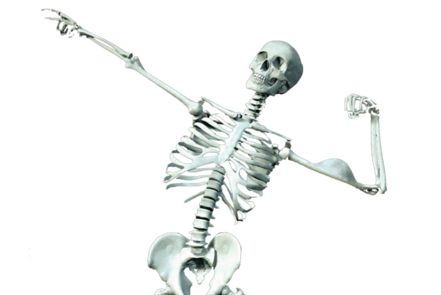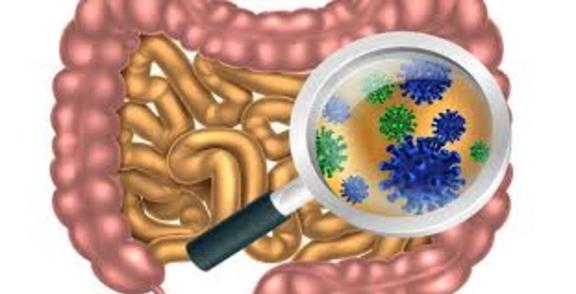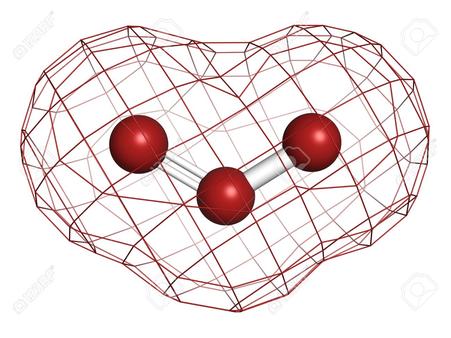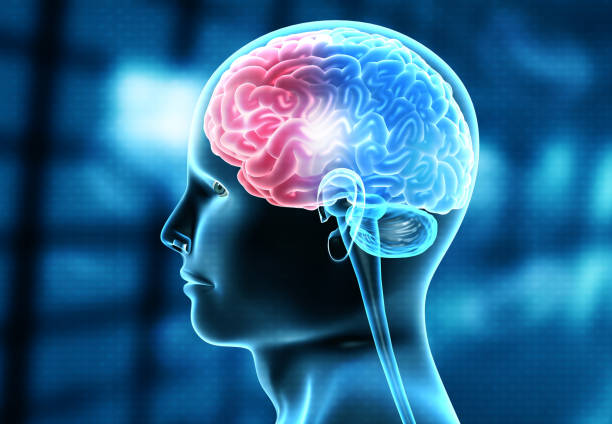
Fasting
October 24, 2017
Gut Health Part I
October 24, 2017IV Ozone therapy – Many people in the US utilizing ozone therapy come upon it as a last resort, like I did, despite being a common treatment in many other developed countries (Germany has 11,000 practicing ozonephysicians). Due to regulations it is not conventionally used in the US and many doctors feel uncomfortable administering ozone IVs. As a result, those that do administer IV Ozone tend to be a bit less professional in their overall demeanor and office ascetics. However, despite its somewhat backwater reputation, and after much research, skepticism, and now frequent use, I do think IV Ozone should be part of any major recovery protocol.
To date, I have had about 35 injections of ozone, usually 3-4 times per week, ~120cc’s at a time. I have noticed steady improvements, especially on days where I will have two treatments (one in the AM, another in the afternoon). However, my EBV igg titers are still through the roof so will be interested to see how my labs progress. UPDATE: They’ve come down….
There are reports of AIDs patients completely cured with the use of ozone (here). Though there may be some truth to those reports, I think these cures are the exceptions, not the expectation. In cases such a viral-induced chronic fatigue or Lyme disease, I believe there are an interwoven immune issues (such as here and here) that ozone can play a role in healing, but I would not always expect ozone alone to be the one-shot panacea.
What is interesting about IV Ozone Therapy is that when ozone (O3) interacts with blood plasma it creates reactive oxygen species (ROS) akafree radicals. There tends to be a negative association with free radicals, yet free radicals and ROS are not necessarily all bad. ROS are created by white blood cells to combat invading pathogens and there is significant evidence indicating that free radicals are involved in intercellular and intracellular signaling. That said, the science is clear that excess ROS can be toxic to cells. The ozone research is not at all definitive as to whether the benefits of IV ozone are the result of the positive benefits of ROS such cell signaling, or that ROS is a form of hormesis which boosts the immune system by providing mild oxidative stress, or possibly some combination of the two.
As a result, there is debate whether anti-oxidants such as vitamin C or glutathione negate the impact of IV ozone. On one hand, some practitioners recommend high doses of vitamin C orally throughout the day of treatment, and will also inject glutathione IV in-between the syringes of ozone, all in one treatment. While other practitioners recommend not to take any anti-oxidants due to the fact that outside the human body, in research settings, anti-oxidants cancel out the oxidative stress caused by ozone. So theoretically would negate the benefit of ozone. So what is one to do? I compromise: I leave a four-hour window straddling the treatments, where I do not take any anti-oxidants. I then tend to load up on Vitamin C and glutathione a couple hours after treatment at the earliest. I believe this reduces the potential that ROS will be negated by the anti-oxidants during the procedure ozone injection, but then also provides the anti-oxidants benefits post the procedure in order to help detox the body.
Interestingly, hypoxia (lack of oxygen) creates ROS and therefore similar mechanisms may be involved in the breath holding exercises that are promoted by the likes of Stig Severinsen, or Patrick McKeown.
There are also a few of books by Randolph Howes MD Ph.D. and numerous articles such as Antioxidants, not Heaven Sent in the Harvard Science Review that surmise this very idea that supplementing with too many “anti-oxidants” reduces the potential benefits from ROS and therefore may inadvertently cause increased health risks. Very interesting stuff. “Everything in moderation” is probably a good motto when it comes to pills and powders, and life in general.
Other Resources
Books: Flood Your Body with Oxygen, by Ed McCabe
Websites: http://www.ncbi.nlm.nih.gov/pmc/articles/PMC3312702/




